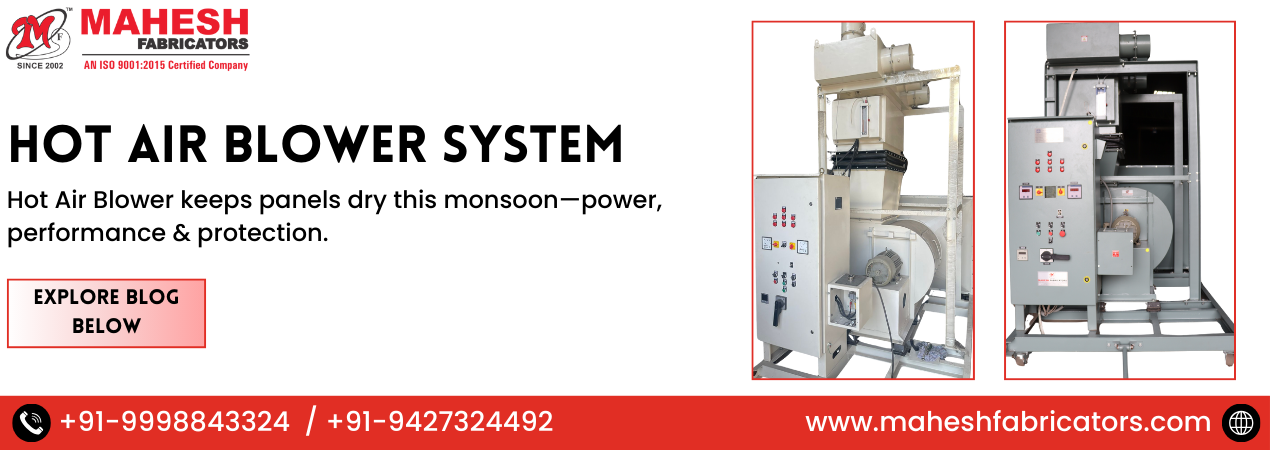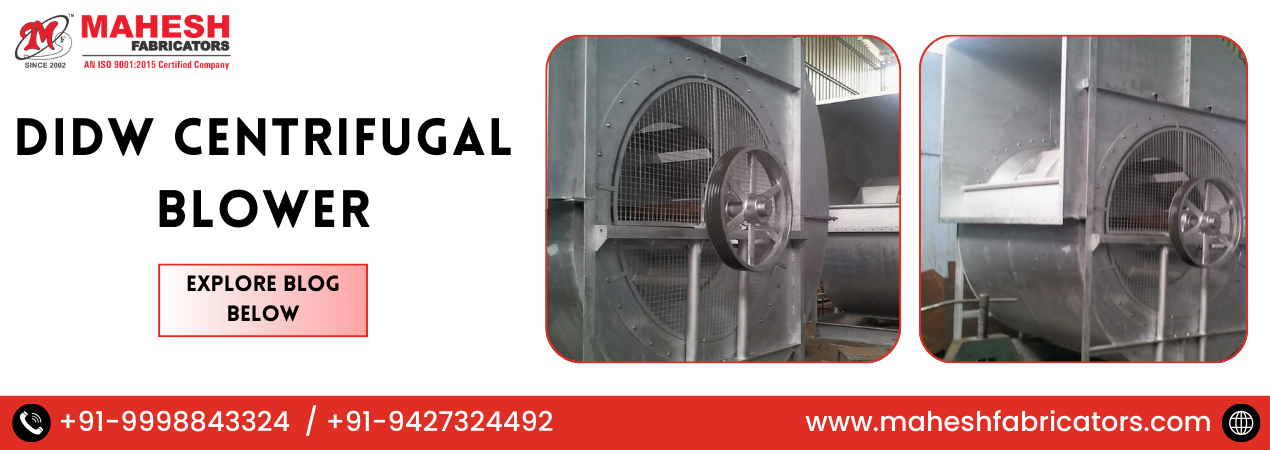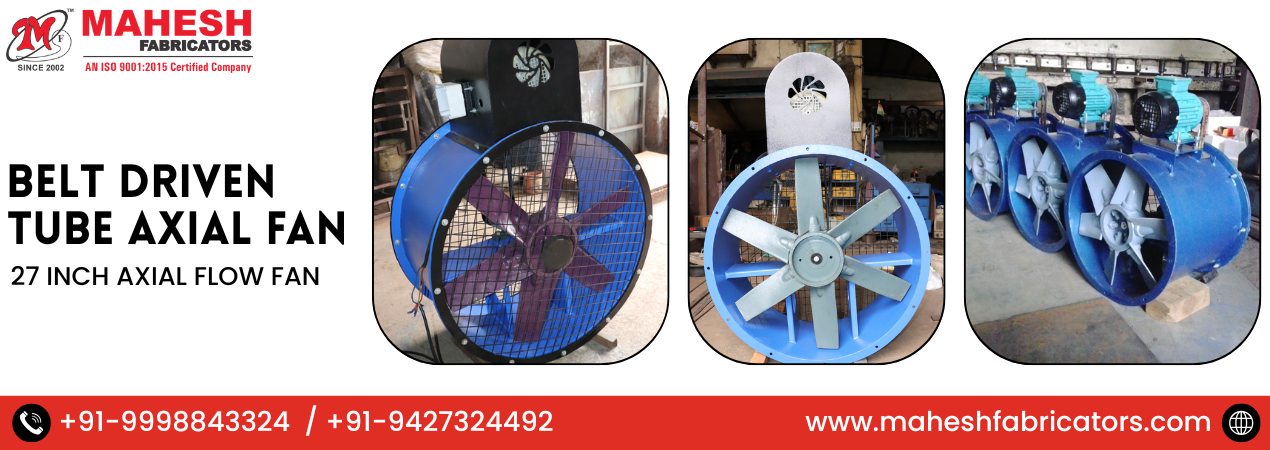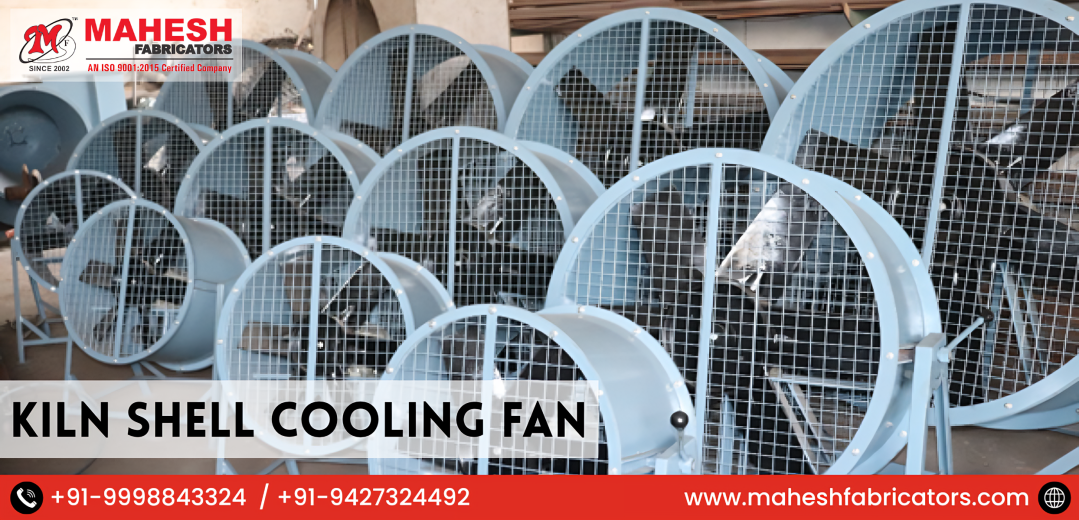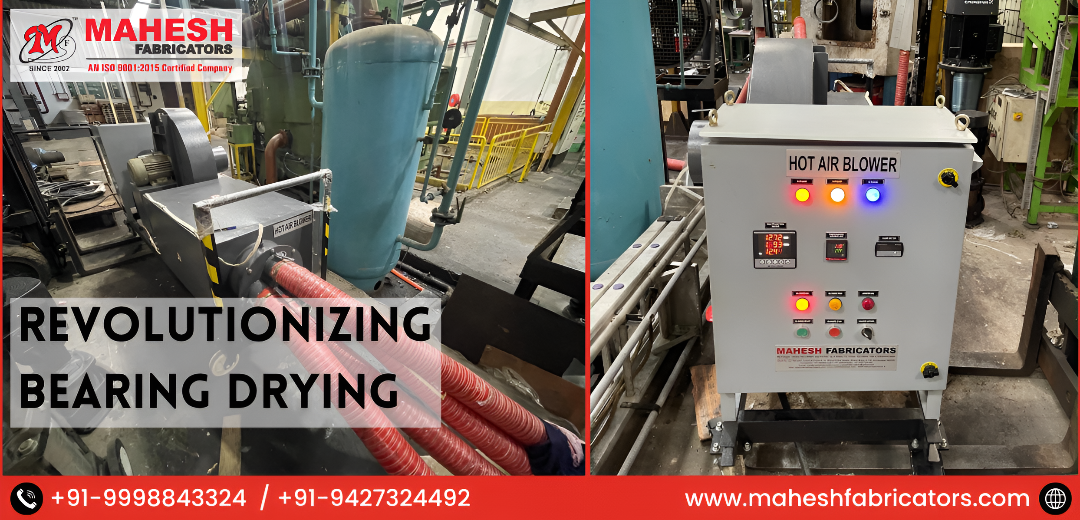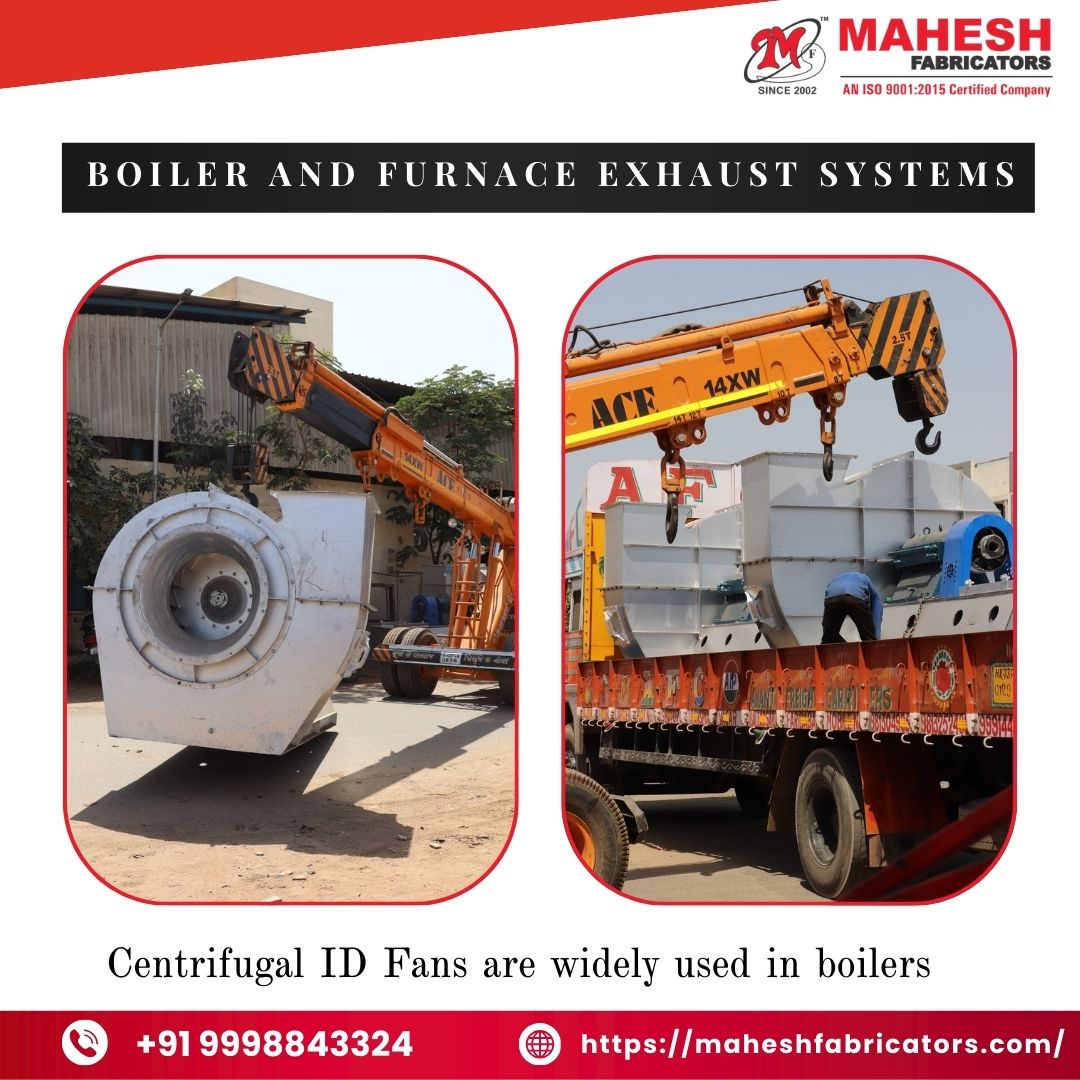
Blower for Hot Air Circulation
Introduction
In industrial and commercial processes that require consistent and efficient heat distribution, a Blower for Hot Air Circulation is a vital piece of equipment. These specialized blowers are designed to move heated air across closed or open systems for purposes like drying, curing, ventilation, and temperature maintenance.
Hot air circulation blowers are engineered to withstand high temperatures while ensuring uniform airflow. They are essential in industries where thermal consistency is critical to product quality, safety, and energy efficiency. From ovens to drying chambers and process heating, these blowers improve operational effectiveness while reducing energy wastage.
Applications of Hot Air Circulation Blowers
Hot air circulation blowers are used in a wide range of industries and applications, including:
-
Industrial Ovens & Furnaces: For baking, curing, or heat treating materials like metals, ceramics, or food
-
Textile Drying Units: Maintaining even heat for faster moisture removal from fabrics
-
Paint Booths & Coating Systems: Assisting in drying paints and finishes evenly
-
Plastic Processing Plants: Preheating and drying plastic resins and components
-
Electronics Manufacturing: Controlled drying of circuit boards and components
-
Pharmaceutical & Chemical Plants: For precise drying of powders and granules
-
HVAC Systems in Large Buildings: Circulating warm air for temperature control
Their ability to maintain stable and even airflow at high temperatures makes them ideal for process-critical environments.
Key Features of Hot Air Circulation Blowers
Modern hot air circulation blowers come with a range of advanced features:
-
High Temperature Resistance: Operates continuously at temperatures up to 300–500°C (depending on model)
-
Efficient Air Distribution: Uniform airflow for even heating and drying
-
Robust Motor and Fan Assembly: Built to endure thermal stress and long operation hours
-
Variable Speed Control: Adjust airflow intensity as per process requirement
-
Noise-Reducing Design: Operates with minimal sound despite high-speed rotation
-
Thermal Insulation: Prevents heat loss and ensures operator safety
-
Compact or Modular Design: Suitable for integration into existing systems or new installations
These features contribute to consistent thermal performance, safety, and energy efficiency.
Uses of Hot Air Circulation Blowers
These blowers serve various practical purposes, such as:
-
Maintaining Temperature Uniformity: In ovens, chambers, or heated enclosures
-
Speeding Up Drying Processes: Reducing cycle time for paints, coatings, and adhesives
-
Ventilation of Heated Areas: Distributing warm air evenly in commercial or industrial spaces
-
Enhancing Heat Transfer Efficiency: Improving energy usage by evenly circulating heated air
-
Moisture Control: Assisting in dehumidification and moisture removal in temperature-sensitive areas
-
Support in Curing Processes: Enabling better bonding, hardening, or setting of materials
They are indispensable in improving production timelines and product consistency.
Materials Used in Manufacturing Hot Air Circulation Blowers
To ensure performance in high-heat environments, these blowers are built using durable and heat-resistant materials:
-
Stainless Steel (304/316): Used for fan housings, ducts, and blades due to high-temperature resistance and corrosion protection
-
Aluminum: Lightweight material used in some impellers and casing parts
-
Ceramic Insulation Layers: To prevent heat escape and protect external surfaces
-
Mild Steel with Powder Coating: Provides strength with added surface protection
-
High-Temperature Bearings: For smooth and uninterrupted operation
-
Heat-Resistant Paints and Seals: For long-lasting exterior finishing
-
Silicone or Viton Gaskets: Ensure leak-proof seals under thermal stress
These materials guarantee the blower’s performance even in demanding operating conditions.
Conclusion
A Blower for Hot Air Circulation is a fundamental component in thermal management systems across industries. Whether it’s for drying, heating, or maintaining temperature balance in enclosed environments, this equipment ensures optimal airflow distribution at elevated temperatures. Its importance lies not only in accelerating processes but also in maintaining product quality and energy efficiency.
Investing in a high-quality hot air blower helps industries achieve consistent results, reduce processing times, and operate with greater safety. A reliable blower is not just a piece of machinery—it is a productivity enhancer and a quality control tool.
Frequently Asked Questions (FAQs)
Q1. What is a Hot Air Circulation Blower and how does it work?
A Hot Air Circulation Blower is a mechanical device that moves heated air within a confined space to maintain even temperature distribution. It typically consists of:
-
A motor to drive the fan
-
A fan blade or impeller to push air
-
Temperature insulation to retain heat
The blower takes in heated air (from a heater or furnace), circulates it across the chamber or work area, and helps maintain uniform conditions for drying, curing, or heating.
Q2. Where is a hot air blower typically used?
Hot air blowers are used in a wide array of sectors, including:
-
Textile drying
-
Food dehydration
-
Industrial baking ovens
-
Laboratory equipment
-
HVAC air handling systems
These blowers are essential wherever controlled hot air circulation is required.
Q3. What are the benefits of using hot air circulation blowers over conventional heaters?
Key advantages include:
-
Faster drying and heating cycles
-
Reduced energy consumption
-
Improved product quality
-
Minimized overheating or localized burns
Unlike conventional heaters, blowers circulate air, making the process faster and more uniform.
Q4. What factors should I consider when selecting a hot air blower?
Important selection criteria include:
-
Operating Temperature Range: Ensure blower components can withstand desired temperatures
-
Air Volume and Velocity: Match the airflow rate to your application
-
Material Construction: Choose corrosion- and heat-resistant materials for durability
-
Motor Type and Power: Adequate motor strength is essential for continuous operation
-
Noise Level and Mounting Options: Especially for indoor or workspace installations
You should also consider integration capability with heaters, ducts, and control systems.
Q5. Can hot air circulation blowers be used for continuous operations?
Yes, high-quality industrial-grade hot air blowers are designed for continuous operation, especially when:
-
Proper thermal insulation is in place
-
Periodic maintenance is performed
For high-demand industries, selecting a blower rated for 24/7 use is essential.
